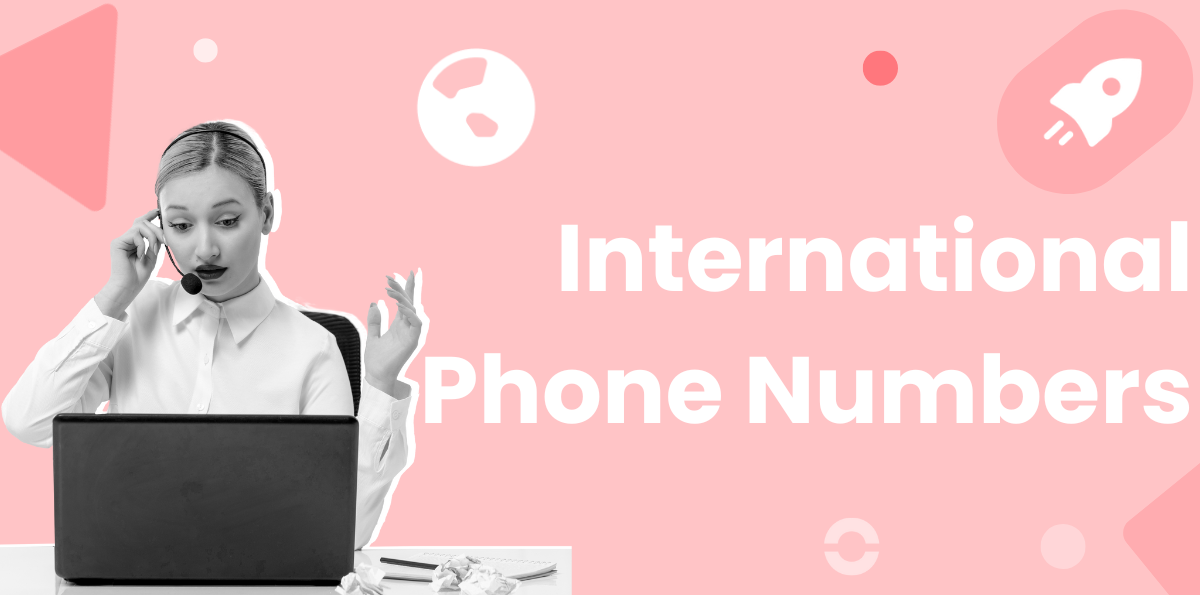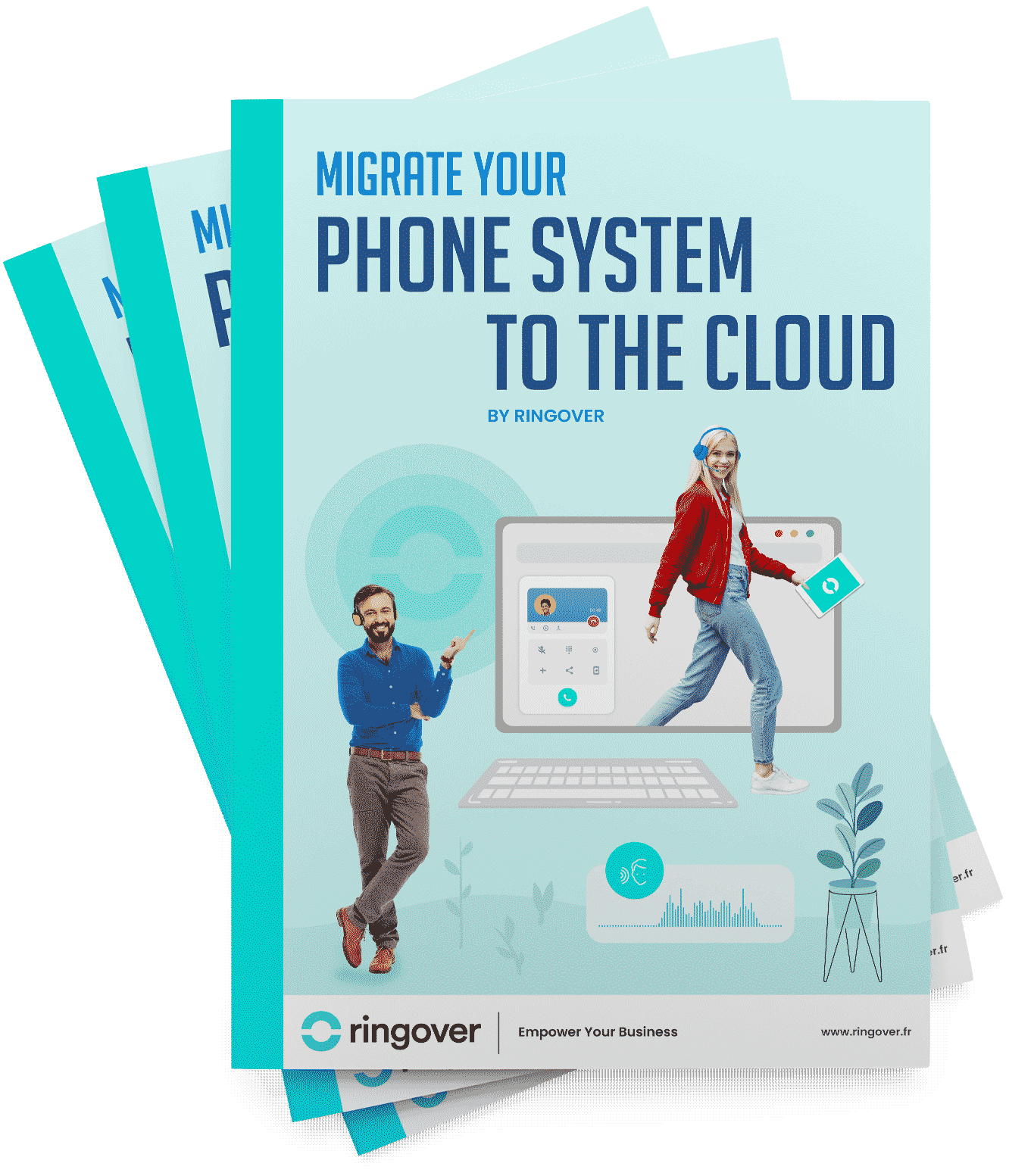Summary
International phone numbers were devised by Alexander Graham Bell himself, the inventor of the telephone. The idea was to simplify the work of telephone switchboards at the time, where operators manually connected calls. With these prefixes, calls could be easily routed to their correct destination. Even with the advent of business phone systems like Ringover, the phone number system remains straightforward. Whether connecting with an international phone number by landline or through cloud-based VoIP software, you'll be using the same international phone number format.
Get an International Phone Number TodayWhat is the format of an international phone number?
The first part of an international phone number is the country code, sometimes called an international country code. The country code usually has 1-3 digits and is always preceded by either a + or 00. The US country code is +1 or 00 1, while the UK's is +44 or 00 44. Once you've entered the country code, you can dial your contact's phone number as usual.
One of the benefits of VoIP telephony is the ability to create or add phone lines with just one click from your settings menu. With Ringover, you can choose fixed or mobile phone numbers in up to 65 countries.
What are the prefixes for each country?
When making international calls, you dial the country code for the call destination country to route the call correctly.
Don't worry—you don't need to memorise these numbers! It's enough to know your own country's prefix. The rest can be found on our list. Here are the international telephone prefixes for some of the world's most well-known countries, listed alphabetically:
- Germany: +49
- Argentina: +54
- Australia: +61
- Austria: +43
- Belgium: +32
- Bulgaria: +359
- Canada: +1
- Colombia: +57
- Croatia: +385
- Slovakia: +421
- Slovenia: +386
- Spain: +34
- United States: +1
- Estonia: +372
- Finland: +358
- France: +33
- Greece: +30
- Netherlands: +31
- Ireland: +353
- Iceland: +354
- Italy: +39
- Latvia: +371
- Lithuania: +370
- Luxembourg: +352
- Malta: +356
- Morocco: +212
- Mexico: +52
- Norway: +47
- Poland: +48
- Portugal: +351
- United Kingdom: +44
- Russia: +7
- Sweden: +46
- Switzerland: +41
- Venezuela: +58
How to Identify the Country of a Phone Number?
First, it's important to understand that the first digits of a phone number are not randomly assigned. Specifically, the prefix and the very first digit indicate the country the number belongs to and whether the call is from a mobile phone, a landline, a government organisation, or even if it is a toll-free call.
To determine where a call is coming from, simply check the number following the "+" or "00". For instance, if you receive a call starting with +34, it's from Spain. The same rule applies to other countries and regions.
Does +44 replace 0 in UK phone numbers?
If you're calling a UK phone number from outside the UK, you remove the first zero of the phone number. So if you're calling 01223 123456 from outside the UK, you'll dial +44 1223 123456. That's because +44 is the country code for the UK and has to be dialled when dialling any UK number internationally.
What Are the Country Codes?
Country codes vary depending on the geographic location of the number. This information can be easily identified thanks to international dialling codes and the specific area codes assigned to different regions.
With Ringover, you can obtain virtual numbers from over 65 countries and make unlimited calls to more than 110 destinations worldwide. Simply choose the country and region where you want your number to belong, and you're set. Start your free trial today and reach prospects worldwide!




